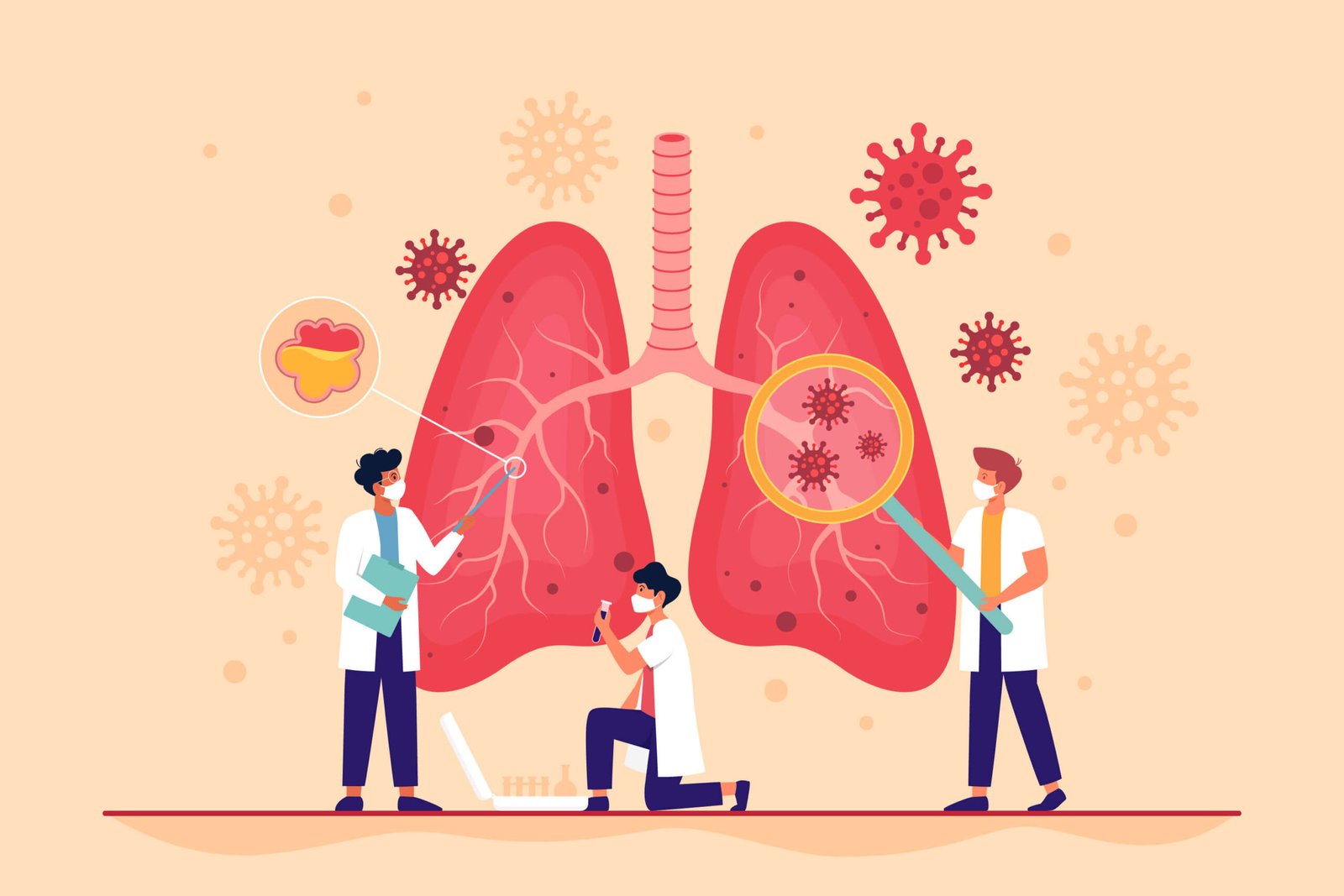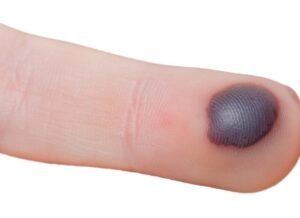These are the most common signs and symptoms of bronchial asthma:
- The chest is tight.
- Breathlessness
- Wheezing appears during breathing.
- Coughing
The Best 6 Homeopathic Medicines for Bronchial Asthma
Arsenic alb: This condition causes asthmatic attacks of wheezing, breathing difficulties, a tightness in the chest, and frequent coughing after exposure to cold air, cold drinks, cold chilled foods, and ice cream. A child who consumes ice cream or cold drinks may later develop bronchial asthma. Referring to the chilled air from an air conditioner or relocating to cold, dry air during the cold, weeks-long season can trigger an asthma attack. There’s tightness in the chest. A feeling of shortness of breath. Coughs are associated with wheezing sounds that are released during breathing.
All signs and symptoms of bronchial asthma, such as the feeling of tightness in the chest, are generally worse in the evening around mid-night, along with a lounging posture. The individual cannot sleep, senses more breathlessness, and sits up. The individual feels better when they sit with their head tilted downward and lean forward. The individual feels extremely anxious, not only due to the intense fear, but also because they are contemplating death. He/she’ll get restless and can sit in one and move from time to time. Some persons who’ve had any skin condition like atopic eczema or eczema-like skin condition in childhood or earlier days and have received any cream but have carried out a couple of years with the asthmatic condition may be given arsenic alb.
Ipecac: Ipecac is most likely the very best medicine for the acute asthmatic condition. The patient experiences increased wheezing, along with a cough and a tendency towards nausea. The individual experiences breathlessness as a result of bronchial constriction, which is often associated with a suffocating cough. The individual experiences constant spasmodic coughing, accompanied by sensations of gagging and vomiting, which are associated with breathlessness. The individual experiences a sense of suffocation as their asthmatic cough causes them to gasp for breath, and their lips turn blue due to cyanosis. The individual experiences increased breathlessness and a suffocating sensation in both warm and closed environments. Outdoors brings some relief. All signs and symptoms are exacerbated in warm rooms, as well as in outdoor spaces.
Aralia: Aralia is considered one of the best medicines for treating the acute condition of bronchial asthma. There is a sensation of tightness in the chest, accompanied by breathlessness and the appearance of wheezing. There is a cough that is accompanied by signs and symptoms of asthma. The cough is more prevalent during nighttime sleep. Noisy .
During a phase of sleep, a tickling sensation in the throat triggers coughing, causing patients to awaken with a sensation of suffocation and breathlessness. During respiration, a wheezing or whizzing sound occurs. The person feels as though something is irritating their throat, causing them to cough. The individual experiences a constriction of the chest, accompanied by a sensation of suffocation and hard breathing. There’s much wheezing that appears very loud, musical whizzing during both inspiration and expiration, but louder during inspiration. There is a constant need to clear the chest to ensure a better night’s sleep, but during forced expiration, the chest feels raw, burning, and sore, especially behind the sternum. After waking up in the morning, you can easily raise some loose phlegm.
Grindelia: Grindelia provides excellent support for bronchial asthma, especially during acute attacks. In grindelis, the manifestation of suffocative feelings is much more prominent. There’s an asthmatic cough with profuse, thick phlegm secretion. The chest rattling is much more prominent than the wheezing that occurs in grindelia. The anticipation of phlegm forming after coughing provides temporary relief from the asthmatic condition. During an asthmatic attack, there is a more intense sensation of suffocation, which worsens when the phlegm is shed and the person goes to sleep. The suffocating feeling causes the person to fear falling asleep. There is extreme breathlessness, palpitations, faintness, and an inability to lie lower.
Natrum sulph: Bronchial asthma, particularly in youngsters, which frequently appears every single change of weather or worse on moist wet seasons. The coughing produces a thick, environmentally friendly yellow expectoration. The individual supports their chest while coughing. The cough is worse at 3am–4am, like kali carb. The individual sits up and holds his chest while coughing. The sensation of suffocation, chest tightness, and cough are exacerbated in moist, wet weather and alleviated outdoors. When walking, there is breathlessness, which is gradually relieved by rest. When he coughs while standing, he experiences a sharp, stabbing pain in the left side of his chest, which is accompanied by breathlessness.
Kali carb: In Kali carb, the asthmatic signs and symptoms are frequently worse at morning hours like 3am-4am. The individual awakens in the morning from an asthmatic suffocative attack and bends forward, which provides some relief. Arsenic alb can also exhibit similar signs and symptoms. In Arsenis alb, the aggravation occurs in the evening; in Kalicarb, it occurs in the morning hours. Arsenic causes more anxiety and sleep issues in asthmatic situations, whereas Kalicarb doesn’t exhibit these symptoms as prominently. Dry coughs, similar to those caused by natrum sulph and grindelia, are associated with bronchial asthma in Kalicarb. The asthmatic overuse injuries in Kalicarb worsen during the cold season, which lasts for several weeks and includes cold draft air such as heper sulph.
There’s difficult respiration with breathlessness and stitching discomfort in the sternum on walking rapidly from the right side of the chest to the back, generally when taking an inhale. The person experiences relief when they remain upright, bend forward, and rest their head on their knees.







